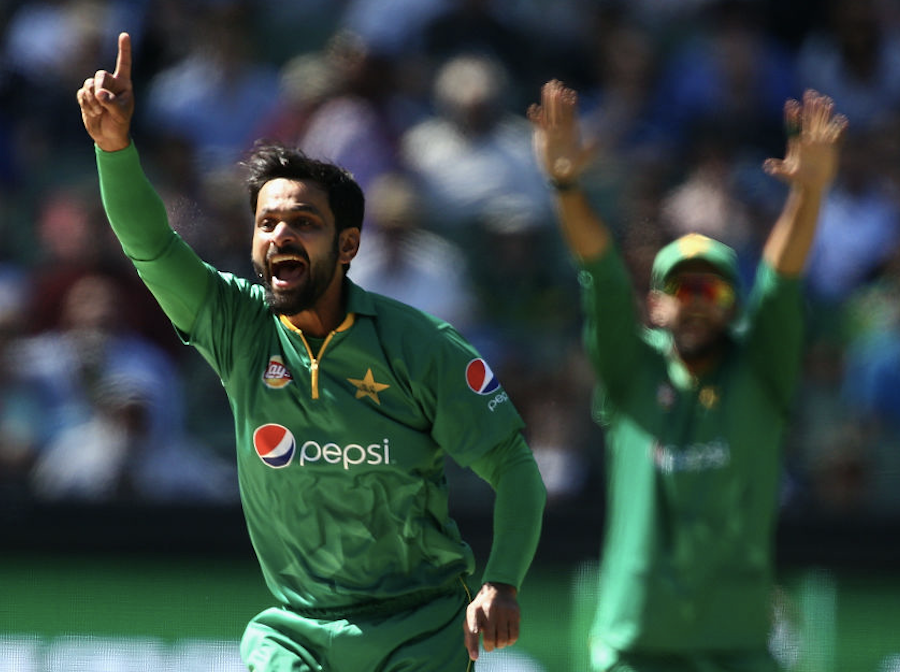Mohammad Hafeez has expressed his lack of faith in the ICC’s illegal bowling actions policy.
Two weeks ago, Hafeez was again cleared to bowl in international cricket, but the Pakistan off-break bowler has expressed his doubts about the effectiveness of the ICC’s process of calling and reporting bowlers with allegedly suspect actions, referring to it as ‘suspicious’.
Speaking to BBC Urdu, Hafeez said that ‘it has a lot to do with the power of boards and nobody wants to take them on. Mostly there are soft corners and relations between people which no one wants to spoil. What I say is, why not implement the rule and get every bowler in the world to go through [testing]. What’s the difficulty in that?’
Hafeez expressed his amazement that the degree of flex in his action was discovered to be only a touch over the 15-degree limit, following the ICC’s testing.
‘When match umpires called me, I went for my test only to find the flex was recorded up to 16, 17 and 18 degrees. I was surprised: how can anyone with the naked eye see flex from 15 to 16, and at times they are not able to call those whose flex is 25 and even 30-plus? So I have my doubts about this calling system. This is suspicious, why are match referees or on-field umpires not able to see those flexing up to 35 but me with 16 degrees?’ said Hafeez.
Hafeez’s action was first called into question in Australia back in 2005, but he was soon allowed to continue playing. He was reported again in 2014 during the Champions League T20, as well as later that year after a Test match against New Zealand.
Photo by Robert Prezioso – CA/Cricket Australia/Getty Images







